Lenovo ThinkSystem 2.5″ 5200 960GB Entry SATA 6Gb Hot Swap SSD – 4XB7A10154
For The Immediate delivery requirement contact sales team. Usually Ship in 2-3 days Back to Back 4-5 Weeks, images are for illustration purposes only.
AED 1,180.00 excl. VAT
Available on backorder
Lenovo ThinkSystem 2.5″ 5200 960GB Entry SATA 6Gb Hot Swap SSD – 4XB7A10154

Overview
The 5200 Entry SATA solid-state drives (SSDs) are new SSDs for ThinkSystem servers. The drives use Micron 64-layer 3D NAND flash memory technology with a SATA 6Gbps interface and provide an affordable solution for read-intensive applications such as boot, web servers, lower data rate operational databases and analytics
Features
The 5200 Enterprise Entry SATA SSDs have the following features:
- Industry standard 2.5-inch or 3.5-inch form factors
- 64-layer 3D TLC NAND flash memory
- Suitable for read-intensive workloads with an endurance of between 0.6 and 1.1 drive writes per day (DWPD) for 5 years
- 6 Gbps SATA host interface
- High reliability and enhanced ruggedness
- Absence of moving parts to reduce potential failure points in the server
- S.M.A.R.T. support
- Advanced Encrypting Standard (AES) 256-bit encryption
SSDs have a huge but finite number of program/erase (P/E) cycles, which affect how long they can perform write operations and thus their life expectancy. Enterprise Entry SSDs typically have a better cost per read IOPS ratio but lower endurance and performance compared to Enterprise Performance SSDs. SSD write endurance is typically measured by the number of program/erase cycles that the drive can incur over its lifetime, which is listed as total bytes written (TBW) in the device specification.
The TBW value that is assigned to a solid-state device is the total bytes of written data that a drive can be guaranteed to complete. Reaching this limit does not cause the drive to immediately fail; the TBW simply denotes the maximum number of writes that can be guaranteed. A solid-state device does not fail upon reaching the specified TBW. However, at some point after surpassing the TBW value (and based on manufacturing variance margins), the drive reaches the end-of-life point, at which time the drive goes into read-only mode. Because of such behavior, careful planning must be done to use SSDs in the application environments to ensure that the TBW of the drive is not exceeded before the required life expectancy.
| Storage | 960GB SSD |
|---|






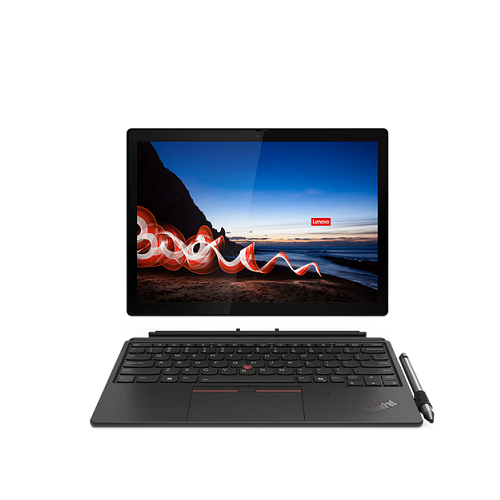
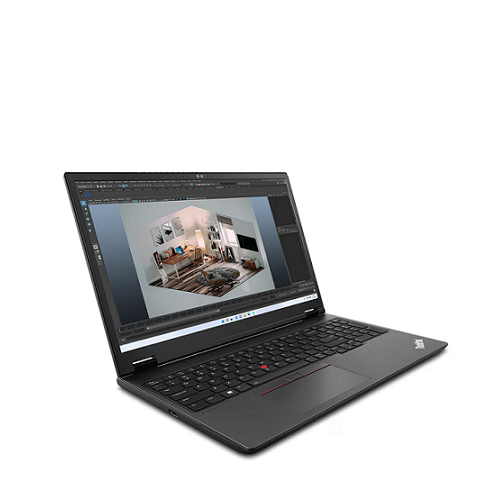


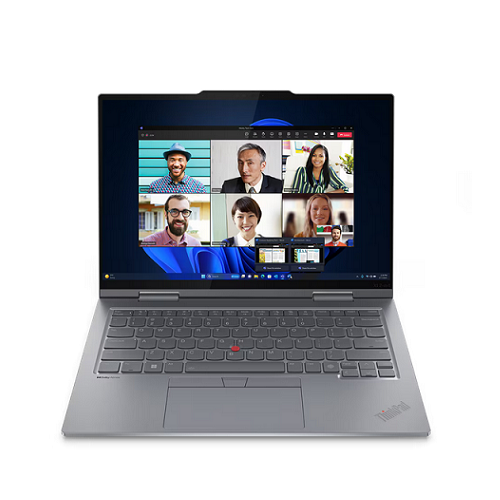
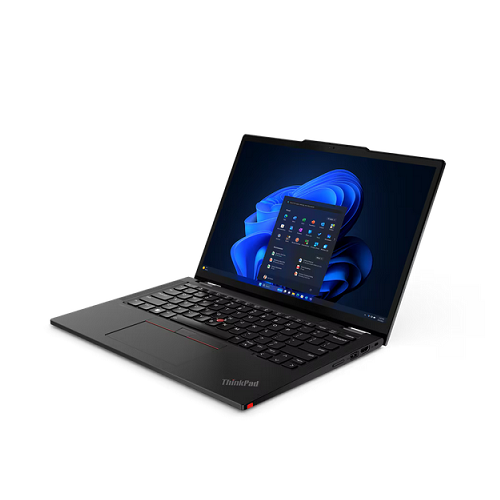

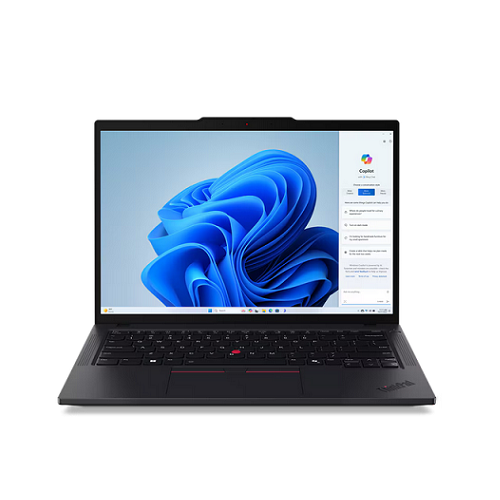
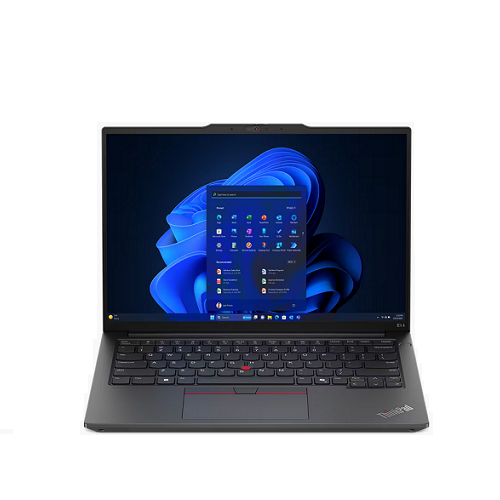

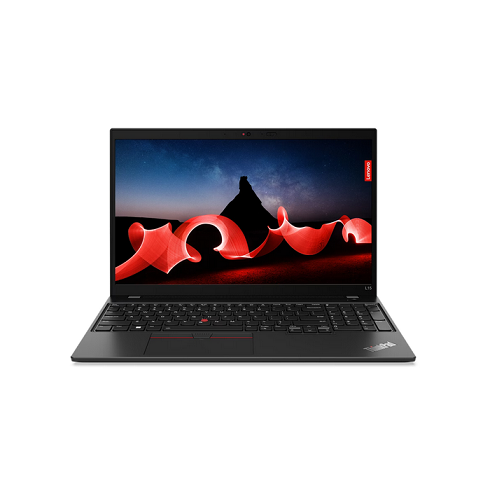



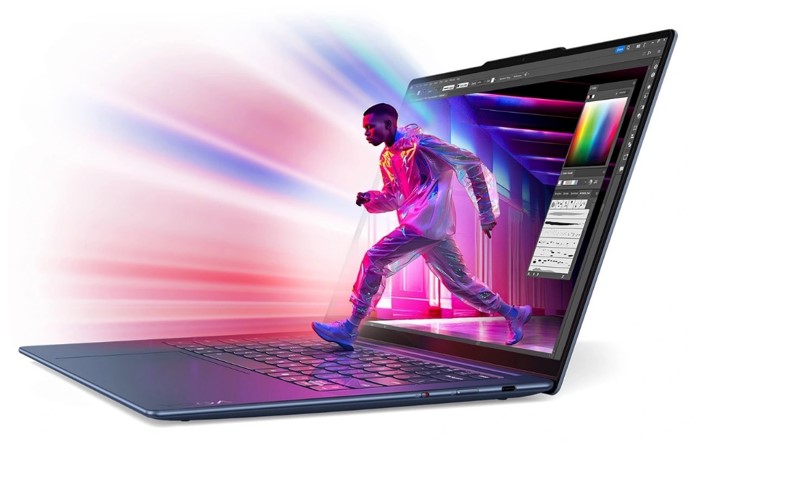

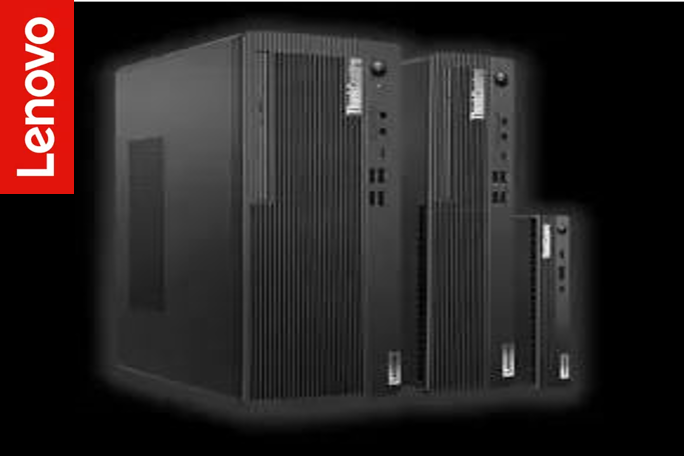
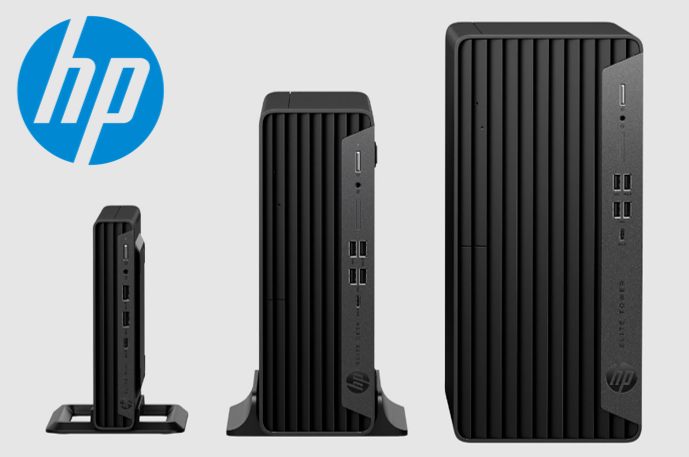


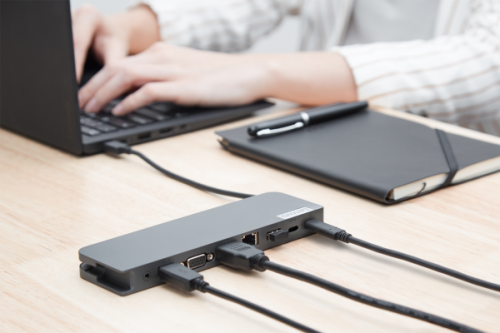









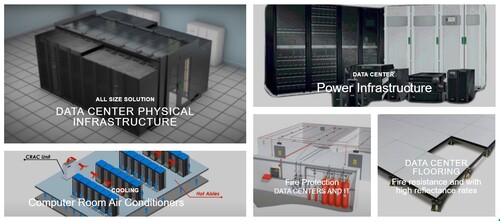
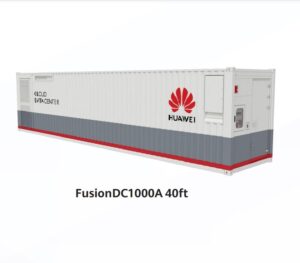
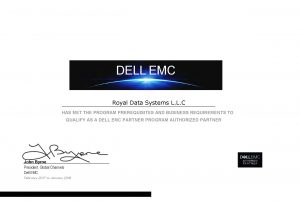
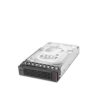

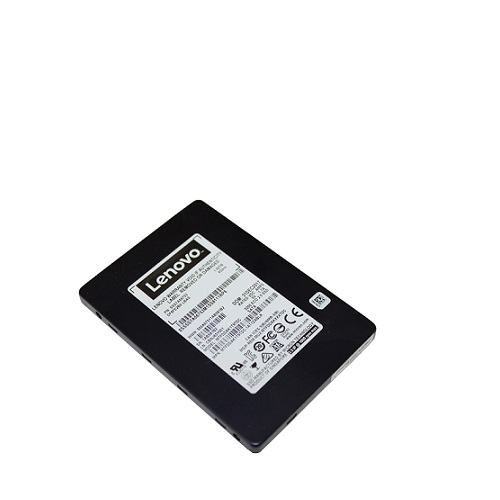
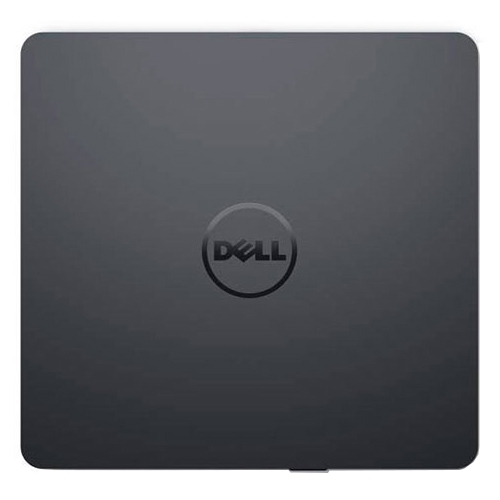
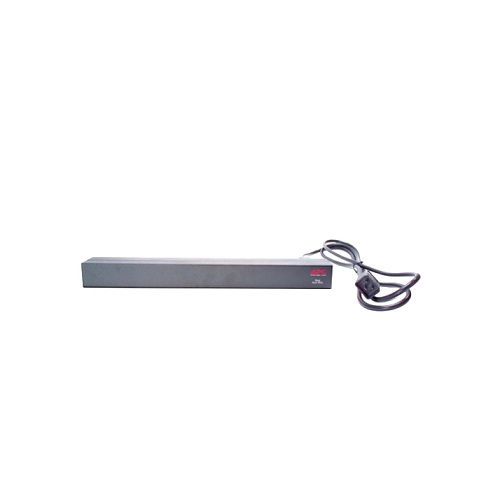
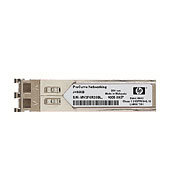
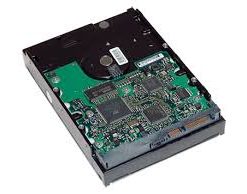
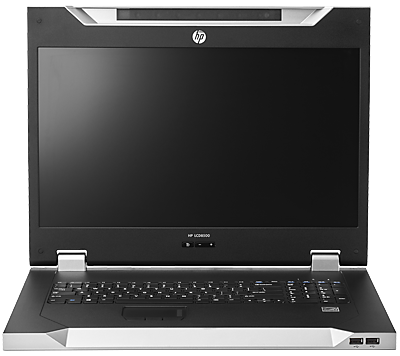
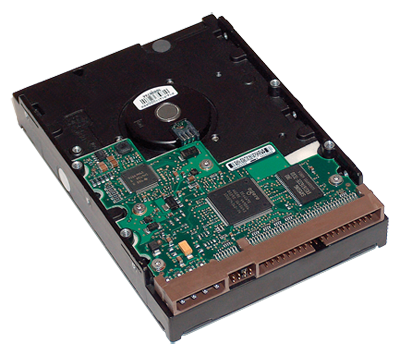



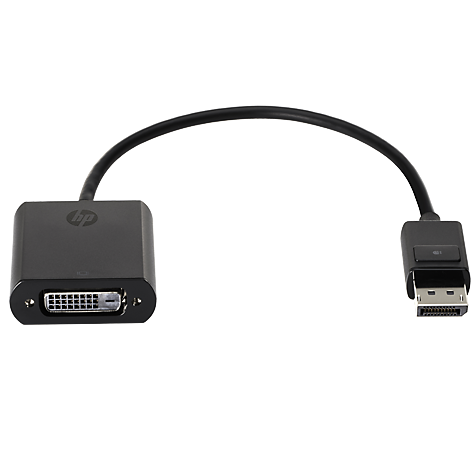
Reviews
There are no reviews yet.